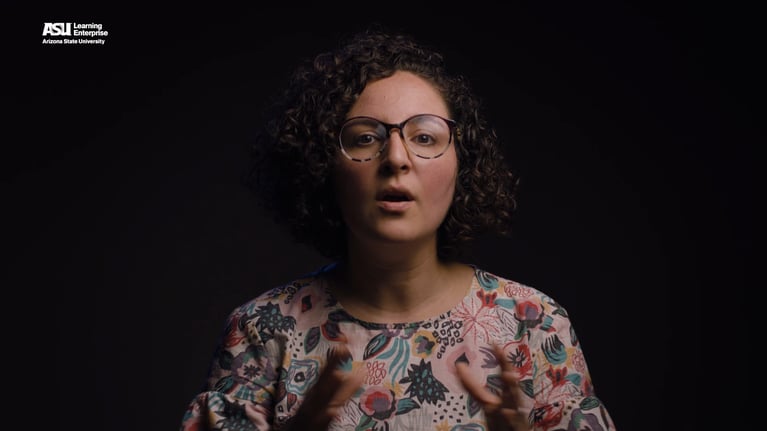Embracing the concept of a circular economy is crucial for a sustainable future. This involves reusing and repurposing items, extending their life cycle, and reducing waste. Designers play a key role in this process, creating products that can be easily maintained, repaired, and reused. Companies like Nike, Ikea, and H&M have started to implement circular economy concepts, focusing on designing out waste and keeping products and materials in use. This approach, which mirrors our personal habits of trading hand-me-downs or shopping at thrift stores, helps maintain our world and prolong the life of our possessions.
Circular economy is a groundbreaking approach to linear ways of production which started approximately in tandem with industrial revolution. The Ellen Macarthur Foundation is the pioneering institution for circular economy that started quite recently. However, circularity, sustainable development and design being in service of leaving the world better than we found it dates back to the 1960s.
In 1971, Viktor Papanek wrote ‘There are professions more harmful than industrial design – but only a few!’ Designers are now looking for ways to design products that come from nature and go back to nature without leaving waste behind.
Recent developments that question systems at a larger scale such as circular design and circular economy propose novel approaches to creating a more sustainable world based on “old” ways of structuring people’s economic and emotional connections with their goods. Circular design aims to transform the entire life cycle of products by extending their use beyond its initial phase. Unlike cradle-to-cradle which accepts the transformation of goods into raw materials, one of the goals of circularity is to extend the use of products by “enabling maintenance, repair, and reuse, rather than recycling”.
In recent years, corporations such as Nike, Ikea, and H&M started to embrace a circular economy concept. The Ellen MacArthur Foundation’s definition defines circular economy as “the principles of designing out waste and pollution, keeping products and materials in use, and regenerating natural systems.”
Circular economy is on the agendas of companies, non-governmental organizations and governments as a pressing issue and strategies to transition to circularity are being sought. We live at present with a largely linear materials economy. Our use of natural resources is characterized by the sequence “take – make – use – dispose” as materials progress from mine, through product, to landfill. Increasing population, rising affluence and the limited capacity for the planet to provide resources and absorb waste argue for a transition towards a more circular way of using materials. When products come to the end of their lives the materials they contain are still there. Therefore; repair, reuse, refurbish, remanufacture, upcycling and recycling can be circular economy and circular design strategies.


